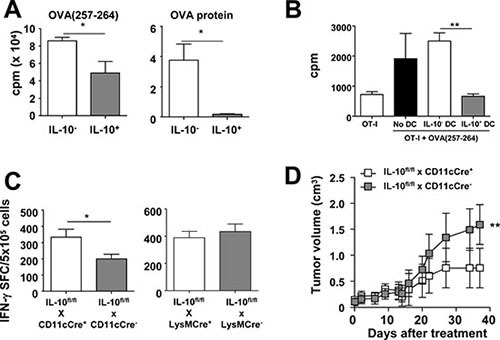Figure 4. IL-10-producing DC have a poorer T-cell stimulatory capacity and limit the efficacy of anti-tumor therapeutic vaccination.

(A) Purified IL-10− and IL-10+ DC from Vert-X mice (n = 8–10) were pulsed with peptide OVA(257–264) or OVA protein and used to stimulate OT-I CD8 T-cells. T-cell proliferation was determined three days later. (B) Total OT-I splenocytes (OT-I Spl) were pulsed or not with peptide OVA(257–264) and after washing the peptide, some wells additionally received IL-10− or IL-10+ DC and T cell proliferation was measured as above. (C) IL-10fl/fl x CD11cCre+ and IL-10fl/fl x CD11cCre− mice (n = 4–5/group) or IL-10fl/fl x LysMCre+ and IL-10fl/fl x LysMCre− mice (n = 6/group) were immunized with OVA+Imiquimod and one week later OVA-specific responses were determined by ELISPOT. Results are representative of 2–3 independent experiments. (D) IL-10fl/fl x CD11cCre+ and IL-10fl/fl x CD11cCre− mice (n = 6–8/group) bearing 5 mm E.G7-OVA tumors were treated with three weekly vaccination cycles with OVA + Imiquimod and tumor volume was monitored.
